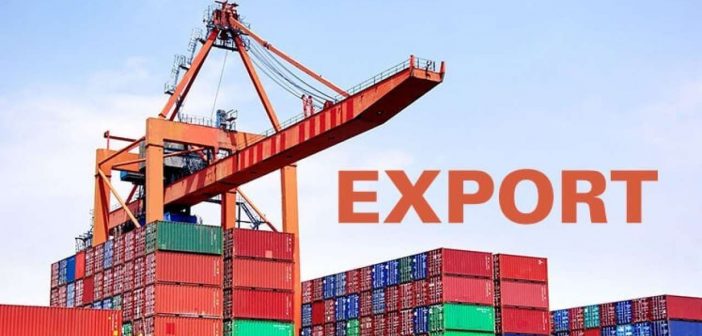India’s ambitious ‘Make in India’ initiative, launched in 2014, aims to boost manufacturing and attract global investment to turn India into a global manufacturing hub. However, the persistent depreciation of the Indian Rupee (INR) in the foreign exchange market poses significant challenges to the success of this campaign. The dropping value of the INR, particularly against the US Dollar, is undermining the very objectives of the initiative by affecting raw material costs, increasing import dependency, and impacting the competitive edge of Indian manufacturers in the global market.
Impact on Import Costs and Raw Materials
One of the most immediate consequences of a falling INR is the rising cost of imported raw materials. The manufacturing sector in India, though growing, still relies heavily on the import of essential components like crude oil, machinery, and electronic parts. A weaker rupee means Indian manufacturers are forced to pay more for these imports, which raises production costs across industries.
In sectors like automotive, electronics, and pharmaceuticals, where a substantial percentage of raw materials are imported, the rising import bills are eroding profit margins. Manufacturers face the dilemma of either absorbing these additional costs, which could hurt profitability, or passing them on to consumers, making products less affordable and thus reducing demand.
Export Competitiveness: A Mixed Bag
While a weaker rupee should theoretically boost exports by making Indian goods cheaper in global markets, the reality is more nuanced. Many industries, especially those in higher value-added manufacturing, rely on imported inputs. The rising costs of these inputs negate the potential advantages of a weaker currency. For instance, India’s textile and apparel industries, which contribute significantly to exports, depend on imported machinery and synthetic fibers. The increasing cost of these imports undermines their competitiveness in the global market.
Moreover, foreign buyers often pressurize Indian exporters to lower prices further when the INR weakens, which cuts into their profit margins. As a result, the expected benefits of a cheaper currency are not fully realized, and the manufacturing sector struggles to maintain its competitive edge internationally.
Inflation and Wage Pressures
Another negative impact of a depreciating rupee is inflation. As the cost of imports rises, prices across the economy increase, putting pressure on consumers and businesses alike. For manufacturers, rising input costs are often accompanied by wage pressures as workers demand higher pay to keep up with inflation. This further increases production costs, making it even harder for companies to remain competitive under the ‘Make in India’ initiative.
Inflation also erodes purchasing power, weakening domestic demand for manufactured goods. This creates a vicious cycle where manufacturers are squeezed by both rising costs and falling demand, hampering the overall goals of boosting local manufacturing and consumption.
Impact on Foreign Direct Investment (FDI)
The declining value of the INR also has a complex relationship with Foreign Direct Investment (FDI). On one hand, a weaker rupee makes Indian assets cheaper for foreign investors, potentially encouraging more FDI. However, if the rupee continues to fall, concerns over currency risk might deter long-term investments. For global investors considering setting up manufacturing units in India under the ‘Make in India’ initiative, the prospect of volatile currency movements adds an element of financial uncertainty that can dissuade investment.
Additionally, many foreign companies repatriate profits to their home countries, and a weaker INR means that these profits, when converted back into stronger currencies, are reduced. This further limits the attractiveness of India as a destination for investment in manufacturing.
Broader Economic Implications
The negative impact of a falling rupee on ‘Make in India’ has broader implications for the Indian economy. The rising trade deficit, which touched over $25 billion in some recent months, is exacerbated by higher import bills, particularly for crude oil. This adds pressure to India’s current account deficit, making the country more reliant on foreign capital inflows to bridge the gap.
Moreover, continued rupee depreciation could lead to higher external debt repayments. A substantial portion of India’s external debt is denominated in foreign currencies, and a weaker rupee increases the burden of servicing this debt. This further strains public finances and diverts resources away from productive investments in infrastructure and manufacturing, key pillars of the ‘Make in India’ initiative.
Conclusion
The declining value of the Indian Rupee is creating significant challenges for the ‘Make in India’ drive. Rising import costs, inflationary pressures, and a less attractive investment environment are all working against the core objectives of promoting domestic manufacturing and exports. Unless addressed through targeted policy interventions, such as improving domestic supply chains, fostering innovation, and reducing import dependency, the depreciating INR could continue to hinder India’s progress towards becoming a global manufacturing powerhouse.





